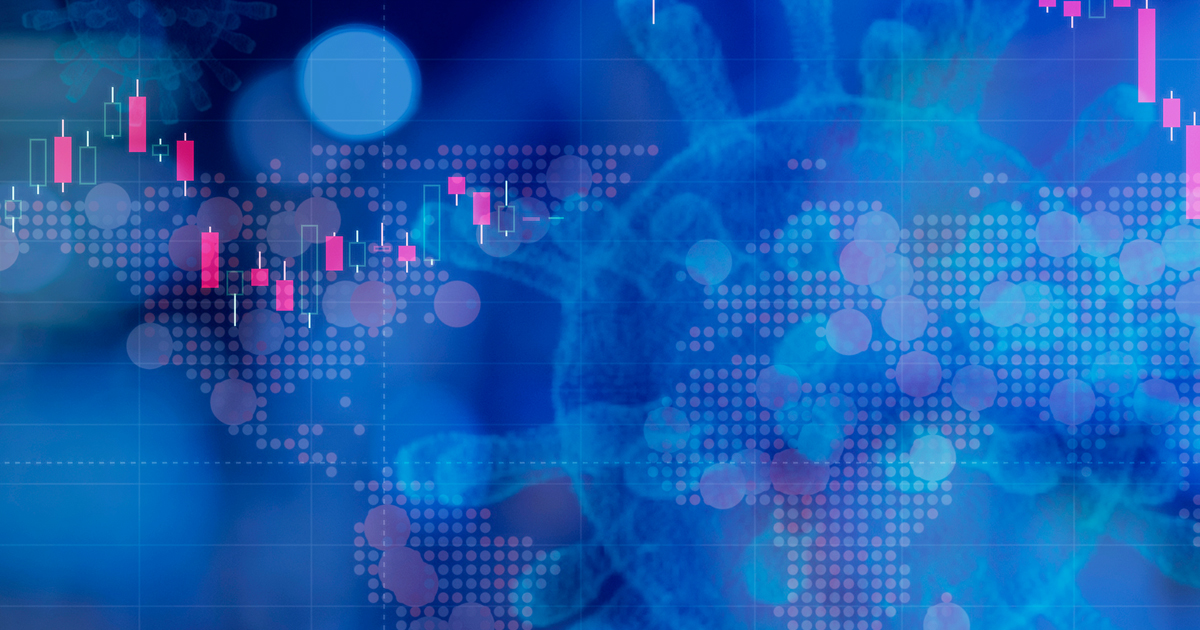Mathematica, a policy research and data analytics consultancy, and health care information technology firm HHS Technology Group (HTG) have partnered to produce new applications for the COVID-19 Research Database (RDB), proactively helping commercial health care and life sciences organizations solve an array of other public health issues.
The real-time data analysis platform captures, aggregates, matches, and evaluates data across various sources, including Medicare, Medicaid, hospitals, labs, physician offices, and commercial payers, as well as consumer analytics data. The platform is the nation’s largest database of COVID-19 pandemic research.
“Mathematica and HTG have been working as partners on the RDB for more than a year, and we are entering into a new phase of our relationship where the data will apply to public issues beyond COVID-19,” said Andrew Hurwitz, senior director of commercial health at Mathematica. “The data sources in the RDB are a perfect complement to the Centers for Medicare & Medicaid Services and other more standard data sources, and are available more quickly to researchers.”
The Research Database includes data sources such as commercial claims, electronic health records, glucose monitoring data, and consumer analytics data, which typically become available within one month. This keeps the data relevant and tailored to the constantly evolving post-pandemic health care landscape. Combining these data with predictive modeling will enable users to target resources in different ways, including to those suffering with chronic diseases or from COVID-19’s long-term impacts.
Mathematica, an Advanced Tier Services Partner in the Amazon Web Services (AWS) Partner Network, offers advanced analytic and advisory capabilities to private providers and health systems, life sciences and medical technology firms, risk-bearing entities, and medical colleges and societies. Together with HTG, Mathematica developed the database leveraging AWS, which allows faster development and deployment while improving reliability. The AWS infrastructure also enables RDB researchers to work from anywhere using any device, benefit from a consistent and secure development environment, and easily share resources for collaboration with team members.
“There are critical gaps in the data currently available to answer important questions,” said Priya Shanmugam, Mathematica’s lead researcher on the RDB. “The RDB bridges some of these gaps by bringing together newer sources of data, which present interesting methodological challenges and exciting opportunities to address pressing research questions. One example is the ability to identify patients with rare diseases to partake in clinical trials with life sciences companies.”
“Utilizing large sets of real-world data is revealing new insights and analysis that will leave an indelible mark on the future of our industry,” said Brett Furst, president of HHS Technology Group. “This work with Mathematica, AWS, and the other partners is making it easier for all health care stakeholders to tap into and leverage information that has historically been technically and cost prohibitive to access.”
Learn more about Mathematica and HTG’s partnership here.


